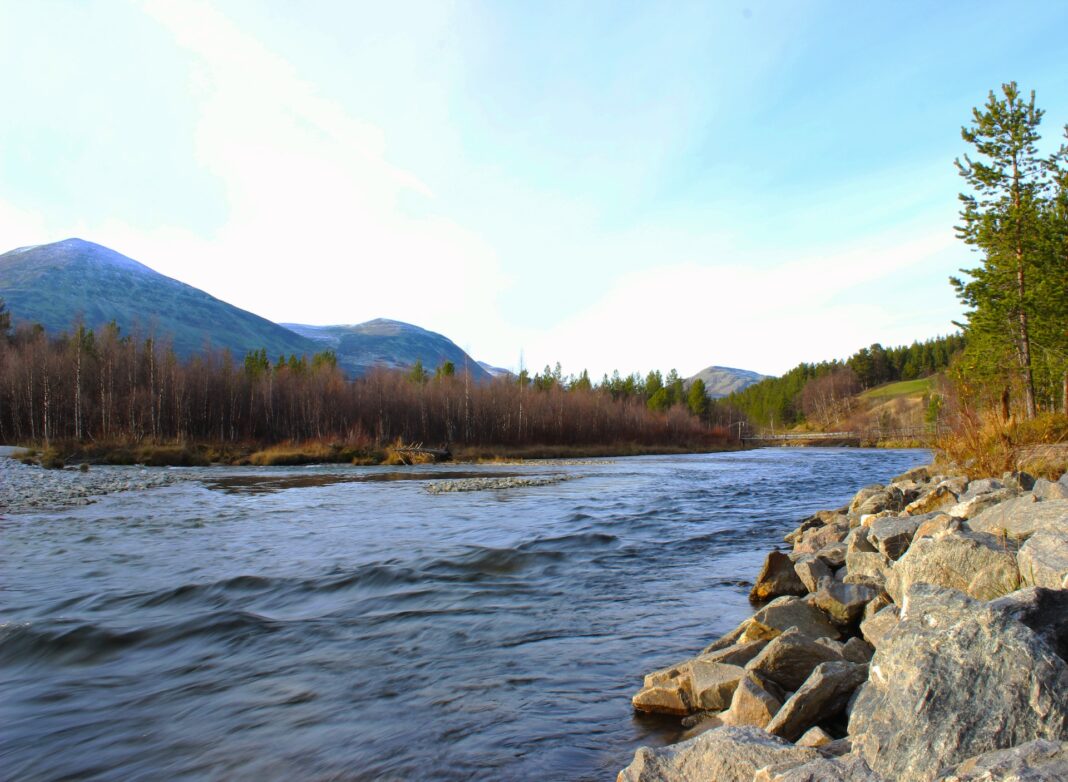Dams. The harness for hydroelectricity, they are one of the most reliable sources of green electricity that humans have discovered. But despite being an efficient and renewable source of energy, there are several ways that dams actually damage the environment more than it helps save it. The removals of the Klamath River dams are a perfect example of how dams might be more harmful than they are helpful.
The Klamath used to be a river that was lush with salmon fish. Historically, it had one of the highest fish populations; however once the dams were implemented into the river, the populous dropped drastically. These dams depleted the oxygen supply in the water, causing lower water quality and higher concentrations of parasites. Experts estimate that nearly 70,000 fish died from disease and parasites.
Indigenous tribes who fish from rivers such as the Klamath for tradition have consistently protested for the rivers and pushed the American government for dam demolition. For some tribes, their entire livelihood surrounds being fishing people. A rich salmon season leaves them with fish that can last the entire year, which is why the recent drops in fish population are devastating to some of the tribes.
But the Indigenous fight for the river ecosystems and watersheds is more than just to protect the fish and the environment. Some Indigenous people see the river as a relative with its own spirit and life. Their fight to tear down the dams is not only for the good of the environment, but also to shield their own culture.
Some say that the colonialist mindset and racism toward Indigenous people is the only reason it takes so long for their causes to be addressed. A critical constituent of the American mindset is that humans can use nature to whatever extent without seriously considering the consequences of the land. In stark contrast, Indigenous tribes value sharing a relationship with the land that they live on. This mindset difference is what makes these protests so important; without these protests, there would be less perspective on these kinds of issues, and the fight against racism toward Indigenous tribes would go unaddressed and unknown.
Despite their constant legal fights with the American judicial courts, sometimes even going to the Supreme Court to fight for their rights to fish and for the protection of the river ecosystems, it took many years for the American government to give in and take the dams down. Part of the reason that the government made this decision was because the utility company that owned the dams had an expired license. In order to renew it they would have to reduce the environmental impact that their dams had on the ecosystems.
Renewing the license and altering the dams would have had come at an enormous cost to the company. In addition to the consistent pressure of the Indigenous tribes’ advocacy for their cultural and spiritual rights tied to the river, the government finally decided to tear down the dams. So begins the largest dam demolition project in the entire world.
This dam removal is a huge step toward wildlife recovery, environmental preservation, as well as recognition of the role Indigenous tribes play in advocacy for environmentalism and Indigenous rights.

